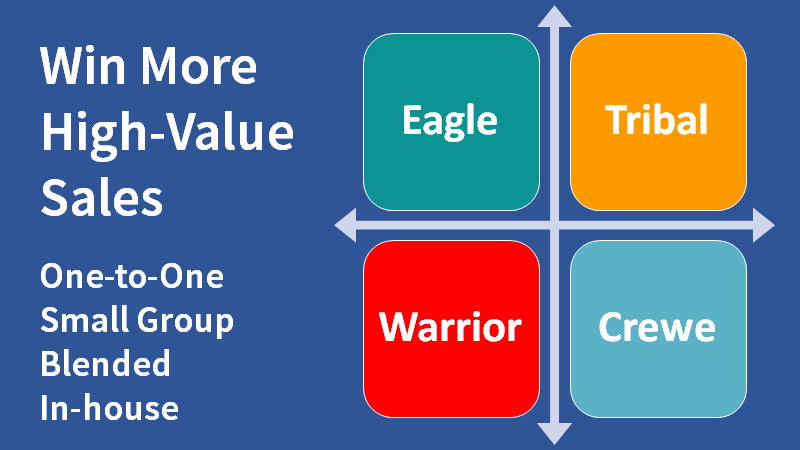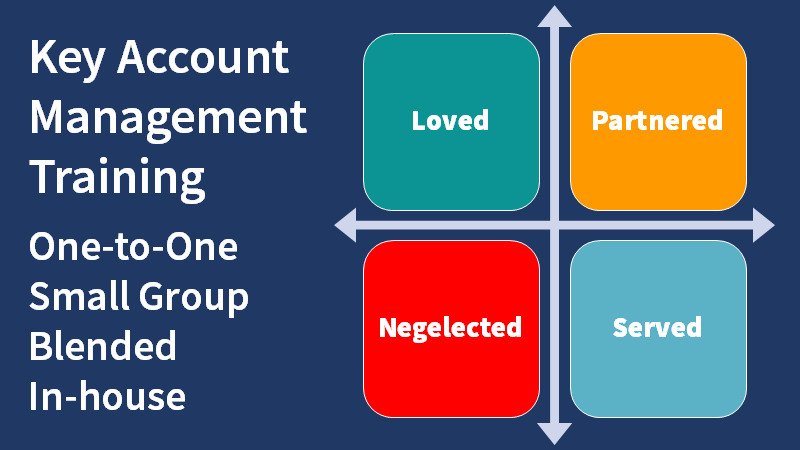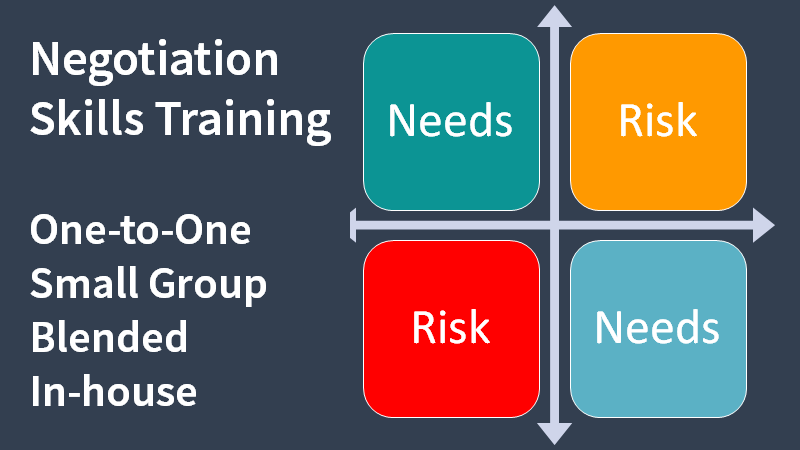Set marketing strategy and adjust the marketing plan to drive the business development plan at any phase of the business cycle.

Adjusting marketing strategy and the marketing plan to maximise opportunity in a downturn is the focus of this paper by Henry Newrick.
Preamble
Many readers may have a sales or sales management perspective and could be reading this at any point in the wax and wane of a business cycle however, the marketing arguments convincingly postulated below seem equally applicable to prospecting and other sales lead generation activities, hence the inclusion of this powerful study by Henry Newrick:
Paper by Henry Newrick - Part 4 of 4
Fast Forward - 2008
Much of the earlier part of this report focuses on the depressions and recessions of the past, and there is indeed a lot we can learn from them and how businesses coped when faced with problems not unlike the current recession of 2008-2009. Today we have a range of communications media unheard of half a century ago when much of the world had no TV and colour TV was in its infancy with only a small number of analogue channels available.
Today’s TV viewers can receive over 400 channels via terrestrial, cable and satellite TV, can view programmes from around the world on their computer, can surf the internet with its millions of websites and download news and other programming to a mobile phone to watch on the go. Today there is choice – so much choice.
For the advertiser, this is both an opportunity and a problem. The marketplace has never been so fragmented but at the same time, there is the opportunity for more precise targeting. In recessionary times such as we are now experiencing, the ability to target takes on an even greater importance. There is no room for wastage – so zoom in on your target audience like a finely tuned Exocet missile. Demand a response.
When I started out in business in the late 1960’s advertising was a relatively laid-back industry marked by long lunches and creativity aimed at pleasing the client rather than getting results. The excellent TV series Mad Men realistically portrayed the 60’s as I remember them.
Agencies were more than happy to spend a client’s money on what is known as ‘brand awareness’. And when TV came along, all their Christmases came at once for now, with one stroke of a pen, an agency could spend an entire budget on a TV campaign and pick up a healthy 15% commission in the process.
This was much easier than having to plan a detailed print campaign which took so much longer to prepare and which at the end of the day yielded the same amount of commission. Which was easier – taking one TV spot for £20,000 or having to plan 40 ads at £500 each in 40 different magazines? Same expenditure, same commission but a big difference in work load and accountability.
Then things started to change. Advertisers started to demand accountability and so slowly, and then more rapidly we saw a growth in what is known as ‘direct response advertising’. Not that direct response was new – but up until this shift in thinking it had been largely sidelined - the poor relation of high spending, unaccountable brand advertising. Today it is the other way around. Most advertisers cannot afford the luxury of spending millions without seeing results.
What Business Week has to say:
Writing in Business Week, resident columnist Steve McKee has the following pointers for businesses tempted to cut advertising in the current recession. Ignore them at your peril.
1. Be smart and thrift, but don’t panic. Here he notes that all economies go through cycles of expansion and contraction. The current recession, whilst undoubtedly very serious is not unique. Academics can pontificate, but real business people have to live through these events. The important thing is to keep your cool. You may have to make some cuts, but be careful to trim fat and not muscle. Ouch!
2. Marketing is muscle, not fat. Be careful about cutting it. Smart investors buy when the market is down and everyone else is selling. So too with smart marketers. They understand that by maintaining budgets (or even increasing them) they may not come out ahead during the lean times but they can pick up market share that will reap rewards when the good times come again.
3. Don’t lose focus by chasing business you wouldn’t normally want. When clients and customers get nervous about the economy they cut back on their spending. This can mean fewer transactions, smaller purchases or both. If you try to broaden your core product or service appeal too much you may turn off your existing customers. Try to enhance the value that you provide your best customers.
4. Don’t discount. Tempted as you are to do this, discounting can be a two-edged sword. It may get you some immediate cash, but in the long run, you’ll devalue your brand. Your clients will hang around waiting for the discount, and in the meantime won’t buy. It is far better to add value through giving away bonuses with purchases, but you must ‘discount’ then simply reduce the price to its true value and don’t be seen as a discounter.
By aggressive marketing during a recession, you not only gain a larger share of a shrinking market, but you also place yourself in a very favourable position when the economy turns around.
A joint study conducted in 1990 by Ogilvy and Mather and the Strategic Planning Institute found a clear link between increased spending on advertising and increased market share. Companies spending much more on advertising than their leading competitors (as a percentage of actual or projected sales), captured 32% to 40% of the market … companies that spent about the same as their rivals gained a 23% market share, and those spending ‘much less’ had to be content with less than 15% of the market.
Market share, in turn, has a dramatic effect on profitability.
Compiled and edited by Henry Newrick Team House, 208 Church Road, Hove, East Sussex BN2 2DJ. United Kingdom. Tel. 0845 222 0053. http://www.henrynewrick.com/
Post-Amble
Strategy drives tactics. Business strategy informs the marketing strategy which in turn determines the marketing tactics that are combined to form a marketing plan. The overall plan must accommodate the business cycle and drive marketing investment. The tail wags the dog when short-term business fluctuations dictate marketing investment.
Clive Miller
Related Documents:
Selling in a Falling Market
8 Emergency Steps for Selling in Difficult Times
Develop Creative Thinking to Solve Sales Challenges
Business Survival Sales Training
If you need to create a winning marketing strategy or improve a marketing plan, we can help. Telephone +44 (0)1392 851500. We will be pleased to learn about your needs or discuss some options. Alternatively Send email to custserv@salessense.co.uk for a prompt reply or use the contact form here.












